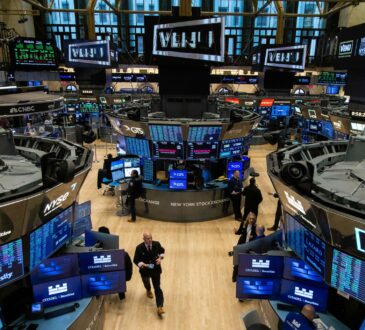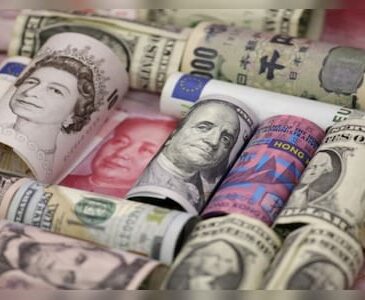
In the world of investments, the interplay between gold and the US dollar has been a captivating narrative. Over the past few decades, their roles have shifted and evolved, with gold once again regaining its lustre as a symbol of stability and a hedge against uncertainty. Meanwhile, the dollar, long reigning as the world’s primary reserve currency, is facing challenges in maintaining its dominant position. This dynamic shift is reshaping the investment landscape, prompting both investors and central banks to reevaluate their strategies.
A roller coaster ride
Gold enjoyed remarkable growth from 2000 to 2011, driven by factors like a weak dollar, falling US real interest rates, and an expanding global money supply. However, the past 12 years have been marked by mixed performance, particularly in dollar terms. Factors such as rising interest rates, a strong dollar, and improved economic prospects in the US have tempered gold’s appeal. Despite a notable rally in 2020 due to the onset of the covid-19 pandemic, the last three years have seen relatively muted action, especially as the Federal Reserve began raising interest rates aggressively.
The Bretton Woods System and the dollar’s evolution
The Bretton Woods system, established in 1944, linked major world currencies to the US dollar, which could be converted to gold at a fixed rate. Its aim was to promote economic stability and prevent competitive currency devaluations. However, by the late 1960s and early 1970s, the system began to unravel as the US grappled with persistent trade deficits. This led to the “Nixon Shock” in August 1971, effectively ending the dollar’s convertibility into gold and marking the transition to floating exchange rates.
Despite the end of Bretton Woods, the dollar retained its position as the world’s primary reserve currency, aided by its widespread use in global trade and finance. The establishment of the petrodollar system further cemented the dollar’s role, as major oil-exporting countries priced their oil in dollars.
The landscape of the dollar today
To sustain its reserve currency status, the US must meet several key conditions, including macroeconomic stability, stable financial markets, political, economic, and military supremacy, and global acceptance. While the dollar has held its dominant position for decades, it faces challenges from the rise of the Asian economies, emerging alternative trading blocs, shifts in global economic dynamics, and geopolitical power changes.
The emergence of gold in a shifting world
In a world characterized by geopolitical turbulence, gold has once again emerged as a symbol of stability and a hedge against uncertainty. Several factors make gold an attractive investment option:
Geopolitical turbulence: In the midst of ongoing global turmoil, exemplified by the Russia-Ukraine conflict, Israel-Hamas-Iran Middle East tensions, and the US-China power struggles, the world has not witnessed such extensive upheaval since the post-1991 disintegration of the USSR and the Gulf War. This resurgence of geopolitical turbulence underscores the enduring appeal of gold as a safe haven for wealth preservation.
Central Bank acquisitions: Recent events like Russia’s dollar reserves being frozen emphasize the need to diversify foreign exchange reserves, leading central banks to consider increasing their gold holdings. Central banks have accelerated their gold purchases following the Russia-Ukraine War.
Attractive valuation: Gold’s underperformance against equities over the last 12 years suggests it may be undervalued, providing an attractive entry point for investors seeking long-term potential.
Concerns about US macros: A shift in US economic policy, embracing higher fiscal deficits and a resulting higher current account deficit, has raised concerns about macroeconomic stability. With US government debt-to-GDP nearing record levels, gold’s historical role as a hedge against risk assets gains prominence.
Present conditions seem to align in favour of gold. It could be a prudent choice for investors to consider increasing their gold allocations, viewing it as both an opportunistic asset class and a potential hedge against global uncertainties.
Manish Banthia is the chief investment officer-fixed income, ICICI Prudential Mutual Fund.
Unlock a world of Benefits! From insightful newsletters to real-time stock tracking, breaking news and a personalized newsfeed – it’s all here, just a click away! Login Now!



